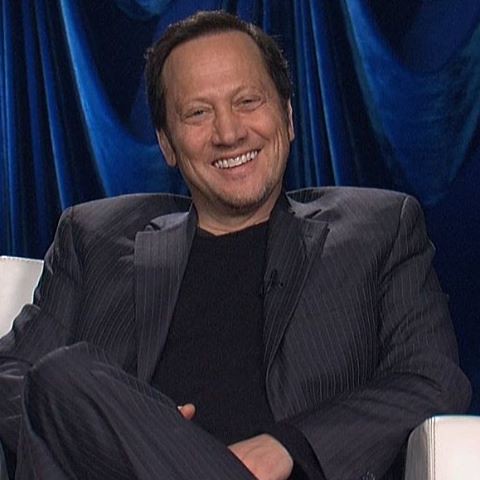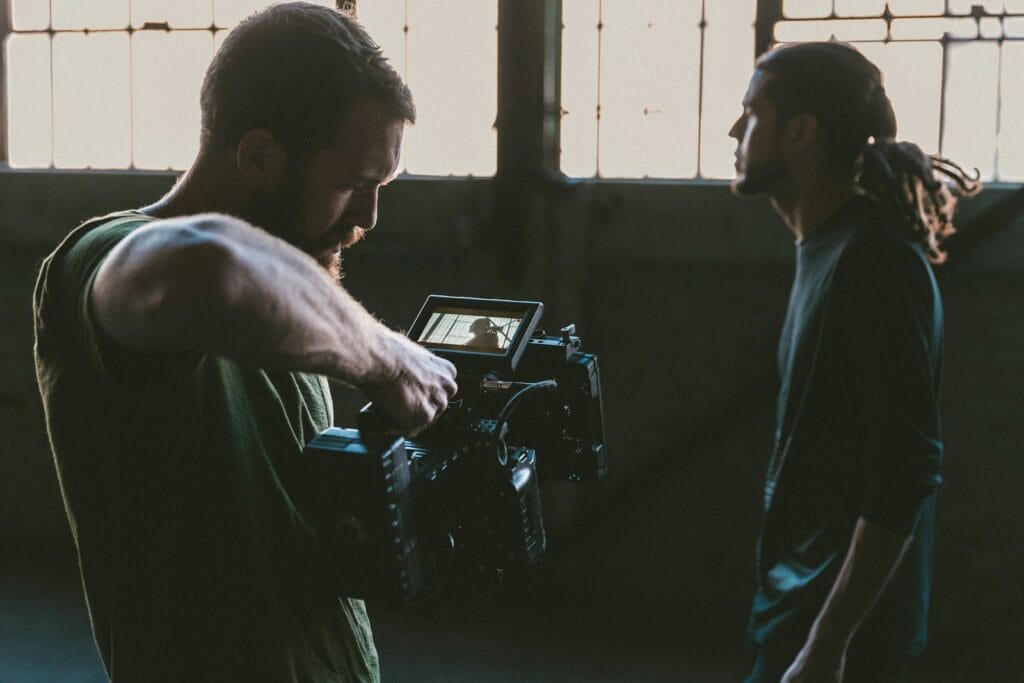
Scarlett Johansson has long captivated audiences around the globe, emerging from a promising child actress to one of the highest-grossing lead actors in cinematic history. Her journey is a testament to remarkable talent, versatility, and an innate ability to connect with diverse roles, shaping a career that spans critically acclaimed dramas, blockbuster action, and heartfelt voice performances. From her earliest days, Johansson displayed a depth and presence that belied her young age, catching the eye of seasoned professionals and critics alike.
This article embarks on an in-depth exploration of Johansson’s path to stardom, spotlighting the pivotal moments and influential figures who recognized her extraordinary potential. We delve into her foundational experiences, the roles that defined her formative years, and the critical reception that consistently praised her evolving craft. It’s a look at how a young girl with big dreams transformed into a Hollywood powerhouse, leaving an indelible mark on the entertainment industry.
Among the many significant insights into her early career, one observation from a legendary figure stands out as particularly poignant, encapsulating the essence of her burgeoning talent. It was during a crucial early collaboration that an esteemed director and co-star articulated a sentiment that would resonate throughout her development, offering a powerful glimpse into the mature soul of a burgeoning star. Join us as we uncover these defining chapters, starting with the very beginnings of her fascinating career.

1. **Early Life and Aspiring Actress**Born Scarlett Ingrid Johansson on November 22, 1984, in the bustling Manhattan borough of New York City, her background was a rich tapestry of cultures, with an architect father from Copenhagen, Denmark, and a New Yorker mother who worked as a producer, hailing from a Jewish family with roots in Poland and Russia. Scarlett, who refers to herself as Jewish, grew up with an older sister, Vanessa (also an actress), an older brother, Adrian, and a twin brother, Hunter, alongside an older half-brother from her father’s first marriage. She holds dual American and Danish citizenship, a reflection of her diverse heritage.
From a very young age, Scarlett harbored a fervent interest in a career in the spotlight. She fondly recalled putting on spirited song-and-dance routines for her family, particularly drawn to musical theater and the expressive flair of jazz hands. Her childhood, though described as “very ordinary,” was infused with a burgeoning passion for performance, as she diligently took tap dance lessons, fully supported by her parents in her chosen path.
Her dedication was evident in her early practice sessions, where she would stare into a mirror, determinedly making herself cry, aspiring to emulate the profound emotional performances of icons like Judy Garland in “Meet Me in St. Louis.” At the tender age of seven, she experienced a moment of devastation when a talent agent signed one of her brothers instead of her, yet this setback only fueled her resolve to become an actress.
Scarlett’s formal training began with enrollment at the esteemed Lee Strasberg Theatre Institute as a child, followed by auditions for commercials. However, she quickly found herself losing interest in the commercial world, famously stating, “I didn’t want to promote Wonder Bread.” This early discernment led her to shift her focus decisively towards film and theater, marking a clear preference for artistic depth over commercial appeal.
Around this pivotal time, Johansson began her studies at the Professional Children’s School in Manhattan, a private educational institution specifically catering to aspiring child actors. This environment provided her with the specialized support needed to nurture her talent, laying the groundwork for the remarkable career that was about to unfold.

2. **Film Debut and Initial Recognition**Scarlett Johansson’s first paid role arrived at the age of nine, as a sketch character on an episode of “Late Night with Conan O’Brien,” offering an early glimpse of her comedic timing and stage presence. Later that same year, she made her official film debut, portraying John Ritter’s daughter in the fantasy comedy “North” (1994). Reflecting on this nascent experience, she shared that she intuitively knew what to do when on the film set, an early sign of her natural aptitude.
She continued to build her resume with minor roles in various projects, including her appearance as the daughter of Sean Connery’s and Kate Capshaw’s characters in the mystery thriller “Just Cause” (1995). Additionally, she played an art student in “If Lucy Fell” (1996), steadily gaining experience and refining her craft across different genres.
Johansson secured her first leading role as Amanda in “Manny & Lo” (1996), portraying the younger sister of a pregnant teenager who runs away from her foster home, sharing the screen with Aleksa Palladino and her own brother, Hunter. Her performance in this film garnered significant positive reviews, with one critic for the San Francisco Chronicle noting that “[the film] grows on you, largely because of the charm of … Scarlett Johansson.”
Critic Mick LaSalle, writing for the same publication, was particularly struck by her “peaceful aura,” expressing a prescient belief that “If she can get through puberty with that aura undisturbed, she could become an important actress.” This early recognition underscored her unique appeal and impressive composure. Her compelling portrayal in “Manny & Lo” earned her a prestigious nomination for the Independent Spirit Award for Best Lead Female, solidifying her status as a promising young talent in the independent film circuit.

3. **”The Horse Whisperer” and Robert Redford’s Memorable Characterization**Following a few more minor roles in “Fall” and “Home Alone 3” (both released in 1997), Scarlett Johansson’s career took a significant leap forward, attracting wider attention for her powerful performance in the film “The Horse Whisperer” (1998). This drama, based on Nicholas Evans’ 1995 novel, placed her opposite the legendary Robert Redford, who not only co-starred but also directed the film, marking a pivotal moment in her burgeoning career.
In what was her seventh film role, Johansson received an “introducing” credit, signifying her emergence as a prominent young actress. She portrayed an injured teenager seeking healing for herself and her horse from Redford’s talented horse trainer character. This experience of working with an industry icon at such a formative age was undoubtedly transformative for her.
It was during this collaboration that Robert Redford offered a now-famous characterization of Johansson’s maturity, one that perfectly captured her remarkable presence and wisdom beyond her years. He described her as “13 going on 30,” an observation that highlighted her exceptional poise and emotional depth even as a young teenager. This poignant insight from Redford became a memorable descriptor of her early persona, signaling her innate ability to embody complex emotions with adult gravitas.
Todd McCarthy of Variety further echoed this sentiment, commenting that Johansson “convincingly conveys the awkwardness of her age and the inner pain of a carefree girl suddenly laid low by horrible happenstance.” Her portrayal was lauded for its authenticity and emotional resonance, demonstrating a profound understanding of her character’s struggles. For her captivating work in “The Horse Whisperer,” Johansson received a nomination for the Chicago Film Critics Association Award for Most Promising Actress, further cementing her reputation as a young talent to watch.
Reflecting on the impact of the film, Johansson herself acknowledged that it “changed many things in her life,” as it was here that she truly realized that acting was “the ability to manipulate one’s emotions.” This profound realization at such a young age underscored her commitment to the craft and her deep understanding of the emotional demands of her chosen profession.

4. **Breakthrough with “Ghost World”**After her impactful role in “The Horse Whisperer,” Scarlett Johansson continued to diversify her portfolio with appearances in films like “My Brother the Pig” (1999) and the Coen brothers’ neo-noir film “The Man Who Wasn’t There” (2001), showcasing her willingness to explore different genres and collaborate with esteemed filmmakers. However, it was her role as a cynical outcast in Terry Zwigoff’s black comedy “Ghost World” (2001) that truly marked her breakthrough.
The film, an adaptation of Daniel Clowes’ graphic novel, provided Johansson with a unique opportunity to portray a complex, unconventional character. She auditioned for the part via a tape sent from New York, immediately impressing director Terry Zwigoff, who recognized her distinct qualities, believing her to be “a unique, eccentric person, and right for that part.”
“Ghost World” premiered at the 2001 Seattle International Film Festival and, despite its initial failure at the box office, it has since achieved cult status, beloved by critics and audiences for its distinctive tone and honest portrayal of adolescent alienation. Johansson’s performance was a central reason for its enduring appeal, demonstrating her ability to bring nuanced depth to a seemingly disaffected character.
Critics were quick to praise her, with one from the Austin Chronicle crediting her with “sensitivity and talent [that] belie her age.” This observation reiterated a recurring theme in her early career: her remarkable ability to convey maturity and insight far beyond her years. Her portrayal was both subtle and powerful, resonating deeply with viewers who saw themselves or their own experiences reflected in her character’s cynicism and longing.
Her compelling work in “Ghost World” earned her a Toronto Film Critics Association Award for Best Supporting Actress, a significant accolade that further solidified her critical acclaim. This role firmly established Johansson as an actress capable of delivering captivating performances in independent cinema, distinguishing her as a talent with both broad appeal and artistic integrity.

5. **Transition to Adult Roles: “Lost in Translation”**In the year 2002, after graduating from the Professional Children’s School, Scarlett Johansson applied to New York University’s Tisch School of the Arts. However, fate had other plans when she was rejected, prompting her to fully commit to focusing on her burgeoning film career. This decision proved to be a turning point, as she swiftly transitioned from teen to compelling adult roles with two significant films in 2003, one of which was the romantic comedy-drama “Lost in Translation.”
Directed by Sofia Coppola, this critically acclaimed film saw Johansson star as Charlotte, a listless and lonely young wife, opposite the legendary Bill Murray. Coppola had first noticed Johansson’s talent in “Manny & Lo,” drawing a parallel between her and a young Lauren Bacall, and even basing the film’s narrative on the relationship between Bacall and Humphrey Bogart in “The Big Sleep” (1946).
Johansson found the experience of working with a female director uniquely different, appreciating Coppola’s ability to empathize with her and bring a nuanced perspective to the filmmaking process. Filmed on a modest budget of $4 million, “Lost in Translation” went on to become a box office sensation, grossing an impressive $119 million worldwide, while also receiving widespread critical acclaim.
Roger Ebert, a revered film critic, was effusive in his praise for the film, describing the lead actors’ performances as “wonderful.” Entertainment Weekly highlighted Johansson’s captivating presence, writing of her “embracing, restful serenity.” The New York Times particularly lauded her ability, at only 17 years old during filming, to convincingly portray an older, more mature character, further cementing her reputation for depth and versatility.
Her exceptional work in “Lost in Translation” garnered her immense recognition, including a prestigious BAFTA Award for Best Actress. She also received a Golden Globe Award nomination for Best Actress, marking a definitive and successful transition into more complex and mature roles that captivated both critics and audiences alike.

6. **Artistic Depth: “Girl with a Pearl Earring”**Also released in 2003, alongside her triumph in “Lost in Translation,” was Peter Webber’s drama “Girl with a Pearl Earring.” This film, based on Tracy Chevalier’s novel of the same name, provided Scarlett Johansson with another opportunity to showcase her artistic depth, as she portrayed Griet, a young 17th-century servant in the household of the Dutch painter Johannes Vermeer, played by Colin Firth.
Webber’s casting process was exhaustive, interviewing 150 actors before ultimately selecting Johansson for the role. Scarlett herself found the character profoundly moving and chose not to read the source novel, preferring to approach the story and character with a “fresh start,” allowing her interpretation to emerge organically from the script.
“Girl with a Pearl Earring” was met with positive reviews from critics and proved to be profitable at the box office, further demonstrating Johansson’s ability to draw audiences into her nuanced performances. Her presence was widely praised, with Anthony Lane of The New Yorker eloquently stating that her performance kept the film “alive.” He noted, “She is often wordless and close to plain onscreen, but wait for the ardor with which she can summon a closeup and bloom under its gaze; this is her film, not Vermeer’s, all the way.”
Owen Gleiberman of Entertainment Weekly highlighted her “nearly silent performance,” remarking on how “The interplay on her face of fear, ignorance, curiosity and is intensely dramatic.” Her ability to convey such a rich spectrum of emotion with minimal dialogue was a testament to her profound acting prowess and subtle command of the screen.
For her powerful portrayal, Johansson was once again nominated for the BAFTA Award for Best Actress in a Leading Role and a Golden Globe Award for Best Actress, adding to her impressive list of accolades for 2003. Variety magazine, in its assessment of her twin performances that year, opined that her roles in “Lost in Translation” and “Girl with a Pearl Earring” conclusively established her “among the most versatile actresses of her generation,” marking a truly exceptional period in her evolving career.




